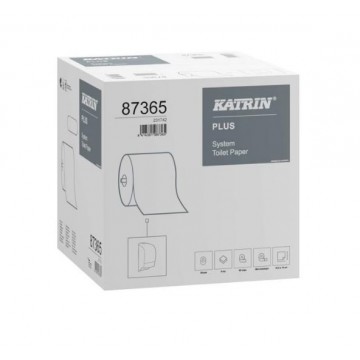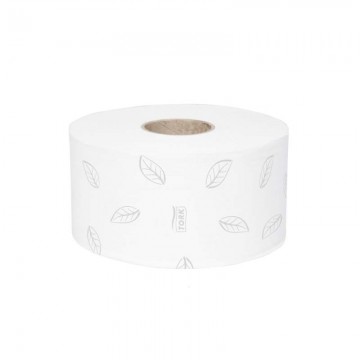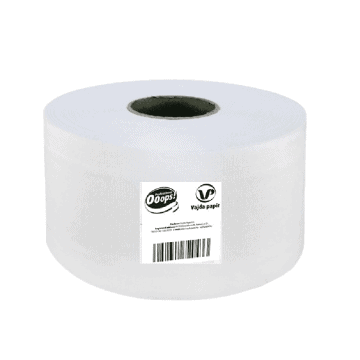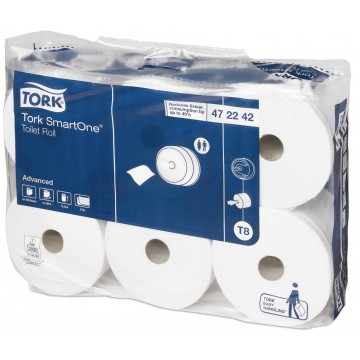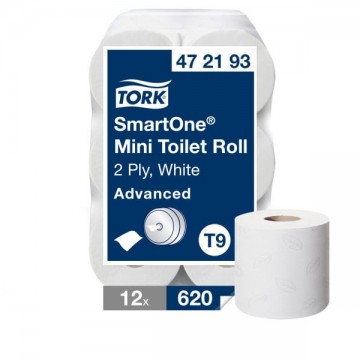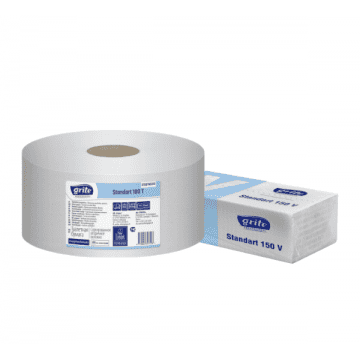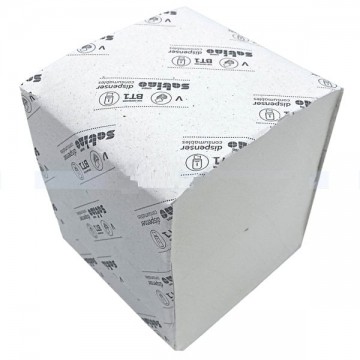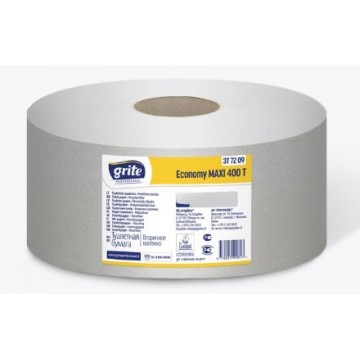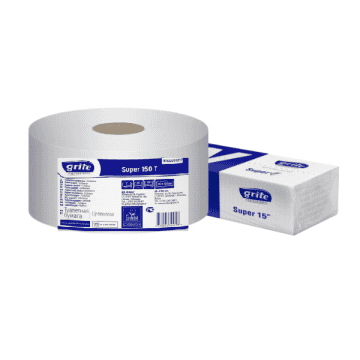Toilet paper
Toilet paper is an essential hygiene product used daily, and choosing the right type can improve both comfort and efficiency. From ply count to roll length, each detail matters. Explore a wide selection of options at Higiena Verslui online store.
There are 26 products.
Katrin Jumbo Toilet Paper Roll Small 200 metres 2-Ply
LUCART STRONG TOILET PAPER 12 ROLLS/PACK
Cleanline toilet paper 12 pcs
Tork Mini Jumbo Universal toilet paper roll
Tork Soft Premium 3-ply T4 110316, 8pcs
Tork Soft Premium 3-ply T4 110316, 72pcs
Tork Extra Soft Premium 4-ply T4 1100405, 42pcs
Prestige Satino 3-ply toilet paper, 8 rolls
Toilet paper GRITE CHARISMA, 4 ply, 8 roll
Katrin Dispenser Toilet Paper Roll System 2-Ply
Tork Mini Jumbo Advanced toilet paper
Ooops toilet paper 1roll
Tork SmartOne Toilet Roll
Tork® SmartOne Mini Toilet Roll
Toilet paper Grite Standart 180
Satino by WEPA Folded Toilet Paper, 2-Ply, 300 sheets x 30pcs
Toilet paper Bulk Pack Satino by WEPA 1pcs
Toilet Paper: What to Consider When Choosing the Right Product
Toilet paper may seem like a simple product, but it's one of the most important hygiene items in both homes and public spaces. Choosing the right type can significantly affect not only your comfort but also long-term expenses and environmental impact. This guide covers everything from history to key features that help you make an informed choice.
A Brief History of Toilet Paper: From Grass to Soft Rolls
Toilet paper has a surprisingly rich and interesting background, dating back over a thousand years.
Origins in Ancient China
The earliest forms of toilet paper were used in China as early as the 6th century. These were not mass-produced, but rather reserved for royalty and the wealthy.
What Was Used Before Toilet Paper?
Before commercial toilet paper was introduced, people used natural materials such as grass, leaves, hay, animal fur, seashells, or even wool soaked in rose water among the Roman elite.
Commercial Toilet Paper Launch
In 1857, Joseph Gayetty introduced the first packaged toilet paper in the United States, even printing his name on each sheet. This marked the beginning of modern toilet paper manufacturing.
What to Look for When Buying Toilet Paper
Choosing the right toilet paper means considering quality, cost-efficiency, and your specific needs.
Softness and Strength
Look for toilet paper that is soft to the skin yet durable. High-quality options are gentle and won’t tear easily during use.
Ply Count
Toilet paper comes in various ply levels — 1-ply, 2-ply, 3-ply, or even 4-ply. The more layers, the more absorbent and comfortable the paper is.
Length and Quantity
Especially for businesses or public institutions, it's important to consider the roll's total length or the number of sheets per roll. Bulk packages and jumbo rolls reduce the need for frequent restocking.
Interesting Facts About Toilet Paper
Toilet paper is not just essential — it’s also surrounded by fascinating stories and statistics.
Massive Global Consumption
Each day, around 30,000 trees are used to produce toilet paper worldwide. Over one million trees are consumed annually.
The Pandemic Panic
During the COVID-19 pandemic, toilet paper became one of the most panic-bought products. Shelves were emptied within hours due to uncertainty and fear.
Media-Induced Shortages
In 1973, American talk show host Johnny Carson joked about a toilet paper shortage — and people believed him. Panic buying ensued, and stores ran out for weeks.
Tips for Making the Right Choice
Before you buy, consider how you’ll be using the product and what matters most — comfort, cost, or sustainability.
High-Use Areas
For offices, schools, and public restrooms, jumbo or bulk packs are the most economical and practical solution.
Eco-Friendly Options
Look for toilet paper made from recycled materials or certified by organizations like FSC or EU Ecolabel for reduced environmental impact.
Smart Shopping
Compare prices by meter or sheet count — not just by package — to find the most cost-effective option.
Final Thoughts: Small Product, Big Impact
Toilet paper plays a bigger role than we often realize — it affects our hygiene, comfort, and even the environment. By making informed choices, we can enjoy daily convenience while contributing to sustainability.












